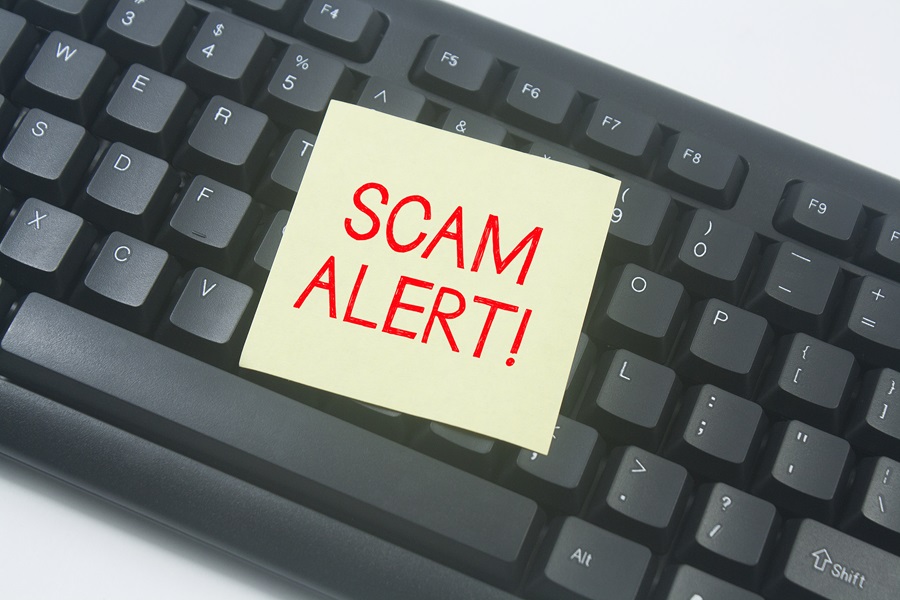
Protecting Your Clients from Spam Emails Offering SEO Services
As a business owner, you may have experienced the frustration of receiving spam emails from individuals or companies claiming to offer SEO services. These unsolicited emails can be intrusive and misleading, and it’s important to protect your clients from falling victim to such scams.
When it comes to SEO emails, these so-called experts might even attach an Audit report on your website. DO NOT open up any reports in any format as they could be infected.
Its also important to note that some of these emails you get from people claiming to be experts in SEO, could be legit companies just trying to get some work. In my own experiences, I would say most of these emails I get about my website errors, mistakes and bad SEO are fake and not true. Specially since I also do SEO services as part of my business. Just be careful and never click on any attachment and always research the company or person before you take any action and contact them.
Understanding the Nature of Spam Emails
Spam emails are unsolicited messages sent in bulk to a large number of recipients. They often contain false claims, misleading information, or even malicious links or attachments. In the case of SEO-related spam emails, the senders typically promise quick and guaranteed results, low-cost services, or even threaten negative consequences if their services are not availed.
It’s essential to educate your clients about the characteristics of spam emails so that they can identify and avoid them. Here are some common red flags:
- Unsolicited emails from unknown or unfamiliar senders.
- Audit reports about your website and all the so-called errors and mistakes on it.
- Generic greetings or vague introductions.
- Offers that seem too good to be true, such as guaranteed top rankings on search engines.
- Poor grammar, spelling mistakes, or awkward phrasing.
- Requests for sensitive information, such as login credentials or financial details.
- Threats or urgent demands for immediate action.
Protecting Your Clients
Here are some steps you can take to help protect your clients from falling prey to spam emails:
1. Educate your clients
Take the time to educate your clients about the risks associated with spam emails. Encourage them to be skeptical of unsolicited offers and to verify the credibility of any service provider before engaging with them. Remind them that legitimate SEO agencies do not typically send unsolicited emails.
2. Establish trust
Build trust with your clients by providing them with reliable information and services. By demonstrating your expertise and delivering results, they will be less likely to consider offers from unknown sources.
3. Encourage communication
Encourage your clients to reach out to you if they receive any suspicious emails. By maintaining an open line of communication, you can guide them in identifying and handling potential threats.
4. Implement email filters
Utilize email filters and spam detection tools to automatically identify and block spam emails. This can help reduce the number of unsolicited messages reaching your clients’ inboxes.
5. Advise caution with links and attachments
Remind your clients to exercise caution when clicking on links or downloading attachments from unknown sources. These can potentially contain malware or lead to phishing attempts.
6. Stay informed
Keep yourself updated on the latest spam email tactics and trends. By staying informed, you can better educate your clients and protect them from new and emerging threats.
Conclusion
Please note once again that some of these emails you get about SEO services might just be legit companies looking for work. Just be very mindful and do your research and investigate these companies or people to see If these so-called SEO experts are just that – experts not spammers or scammers.
Spam emails offering SEO services can be a nuisance and pose a risk to your clients’ businesses. By educating your clients about the nature of spam emails and implementing preventive measures, you can help them avoid falling victim to scams and protect their online presence.
Remember, it’s crucial to build trust, maintain open communication, and stay vigilant in order to safeguard your clients’ interests and maintain a strong professional relationship.


